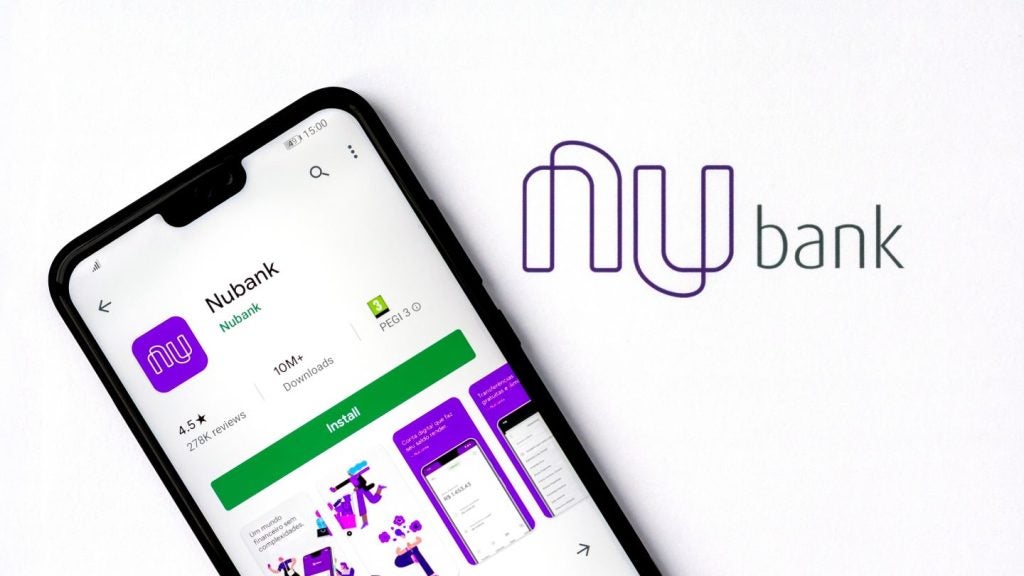The ATM machine is one of the unsung heroes of banking. Since its birth almost half a century ago, the technology has changed how customers withdraw cash from their accounts. And now the self service technology is changing rapidly to take account of customer needs, writes Ian Byrne
In a world without ATMs, customers would face huge queues each time they needed cash and branch assistants would need to devote large parts of their day to meet cash requests, instead of providing other, more useful services.
Today, no other point of contact in banking is more popular among customers than the ATM. However, the functionality of the technology has experienced little change in the UK over the last 50 years, and is therefore unsuited to the modern customer’s multi-purpose needs. Every business needs to adapt to meet consumer demands by creating customer-friendly services, and banks are no exception. They must breathe new life into their services if they are to survive and grow; and what better place for them to start this change than at the ATM.
A change is going to come
The current ATM network in the UK primarily serves to dispense cash. As a result, the software that links them to customer account data is relatively straightforward, as only basic customer data is needed to fulfil a cash request. However, customers now want an enriched and more convenient level of service that goes beyond the traditional ATM. In fact, a recent survey has shown that 74% of customers hope that one day, ATMs will offer the same functionality and services as their teller; such as the ability to make international money transfers and even non-cash transactions.
North America, the UAE, Turkey and Japan, are already making strides with offering more innovative ATM technology to customers. This includes ‘drive-thru’ ATMs, gold dispensing ATMs and even biometric ATMs that can measure blood flow to give users access to their account. Even though these innovations might increase convenience and security at the ATM, its functionality and innovation also needs to extend seamlessly across all other banking channels to allow customers ultimate flexibility in how they choose to bank. This will ensure a smooth and consistent experience for every customer.

US Tariffs are shifting - will you react or anticipate?
Don’t let policy changes catch you off guard. Stay proactive with real-time data and expert analysis.
By GlobalDataThe ATM of the future will move beyond being perceived as just a cash point, to become a multi-purpose service tool that offers maximum convenience and security for both customers and the bank itself.
However, before it can evolve, banks must build a multi-channel environment using an optimised software architecture. Nearly all banks today are undergoing major branch transformation programmes to upgrade their infrastructure and achieve maximum return from their real estate.
However, in the current economy, embarking on such a large scale project is not only costly but also presents potentially greater business risk, so it is crucial that banks get it right the first time.
A bank’s infrastructure and related software must firstly be able to interpret customer information and ensure that it is seamlessly transferable across the ATM and all other banking channels. A novel example of this multi-channel transfer of data is the ATM tool that was implemented by a leading UK bank, which allows customers to withdraw money via a mobile phone application at the ATM. The benefit of this is that it allows customers to withdraw cash without a bank card. It can also help reduce queues at a cash point, as customers can predetermine the amount of money they’d like to withdraw from their mobile phone.
What’s more, the software architecture must be capable of delivering a consistent look and feel throughout each banking channel. This will help customers to better navigate the digital interfaces of different interaction points; whether the ATM, online, or through a mobile device.
Lastly, the infrastructure must be able to deliver these aforementioned requirements consistently across current and future hardware. Later down the line, this will ensure that new hardware can be added without the cost of updating the software or replacing entire networks of older machines, which might cause service disruptions to ATMs and restrict customer service.
One for all
Once this foundation has been established and more advanced forms of ATM technology come into play, banks will gain the ability to deliver more complex and personalised services at the ATM. Soon, we could see features as remarkable as virtual face-to-face customer support at terminals, to finer improvements in the day-to-day ATM functions like the prioritisation of customer’s regular banking choices on screen.
For example, let us say that you regularly withdraw £70 ($112) from an ATM on a Friday; an optimised software platform could make it possible for the ATM to programme this habit into a customer’s user profile so that it is prevalent amongst other cash options on screen for that particular day.
Furthermore, it could prioritise this option on a user’s mobile-to-ATM application, or even prompt bank staff to ask that customer if they would like to withdraw this amount the next time they go into a branch on a Friday.
The correct software platform could also create even safer cash-points, as data can be used to better recognise customers and their banking habits. For example, from the moment a bank card is inserted into an ATM, an image of the customer can be gathered from their banking profile to see if it corresponds with the person whose face is being viewed via the ATM camera.
The ATM could then accept or decline account entry based on facial recognition rather than a 4-digit code entry alone. Measures such as this could help prevent common fraud at ATMs such as ‘shoulder surfing’, with the capacity to enable more advanced solutions as the hardware becomes more powerful.
Through an optimised flow of data, ATMs could also diagnose if they are in need of maintenance long before customers start to experience technical faults with them. From feeding back data on particular issues with components, to providing information to IT teams on whether machines have undergone a long spell without maintenance, such measures could easily be applied to prevent customers from experiencing any poor service at the cashpoint.
All in all, consumers truly want good customer experience and innovative banking features to make their bank dealings as effortless as possible. By laying a versatile and intuitive software base, banks will be able to meet these demands by being able to develop these tools. These, in turn, could help to attract customers and increase retention by creating a more engaging and convenient banking experience.
Banks that neglect their consumer’s growing preference for automated functions risk losing the potential to forge long-standing relationships with them, along with the ability to up-sell and cross-sell products and services. However, those that invest in more cutting edge features and functionality rich solutions will not just gain a competitive advantage, but will also be frontrunners in delivering the best banking service possible.
Ian Byrne is banking director UK & Ireland at Wincor Nixdorf








